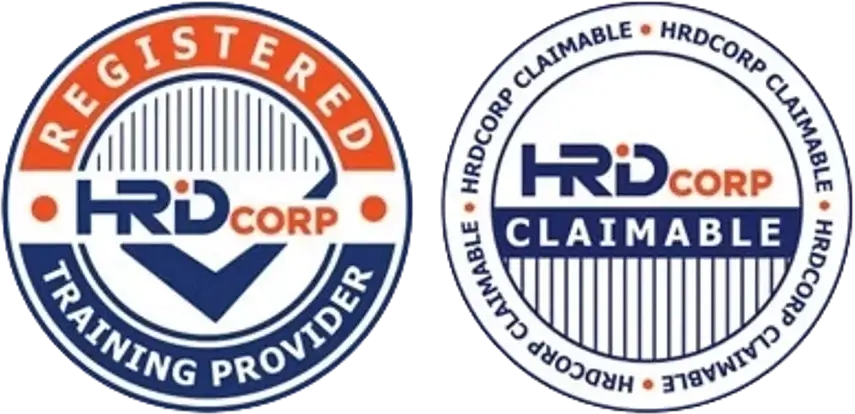Can Digital Tools Improve Your HACCP Monitoring and Recordkeeping?
In today’s fast-moving food industry, paper-based HACCP systems are becoming outdated, inefficient, and error-prone. More companies are turning to digital tools to streamline monitoring, improve traceability, and stay audit-ready. But can digitalization really make a difference? The answer is yes—if you choose the right tools and implement them correctly.

Why Go Digital with Your HACCP System?
-
Reduce paperwork and manual errors
-
Automate monitoring and alerts
-
Improve data accuracy and traceability
-
Centralize all food safety records for easy access
-
Save time during audits and inspections
-
Boost compliance with ISO 22000, FSSC 22000, and HACCP standards
Benefits of Digital HACCP Monitoring and Recordkeeping
1. Real-Time Monitoring
-
Use sensors to capture temperature, humidity, and pH in real time
-
Get instant alerts when critical limits are breached
-
Reduce risk of unnoticed deviations or late corrective actions
2. Automated Data Collection
-
Eliminate handwritten logs and manual entries
-
Sync data from thermometers, scales, or cooking equipment
-
Minimize human error and improve consistency
3. Centralized Cloud-Based Storage
-
Access records anytime, anywhere via secure cloud platforms
-
Perfect for multi-site operations or remote audits
-
Reduce physical storage space and risk of lost documents
4. Simplified Audit Readiness
-
Generate audit reports with one click
-
Provide complete, time-stamped records for regulators or certification bodies
-
Ensure traceability and verification during product recalls
5. Better Corrective Action Tracking
-
Automatically trigger corrective action workflows
-
Assign tasks to responsible team members
-
Track progress and effectiveness of each corrective measure
6. Enhanced Traceability
-
Link raw material to finished product in seconds
-
Create digital batch records and product history
-
Speed up investigations and product recalls
7. Staff Accountability and Training
-
Assign digital checklists to specific employees
-
Track who performed each task and when
-
Use dashboards to identify gaps and retrain staff if needed
8. Integration with Other Systems
-
Connect HACCP software to ERP, inventory, or supplier systems
-
Improve overall food safety and business efficiency
-
Enable faster decision-making using real-time data
Challenges to Consider When Going Digital
-
Initial investment in hardware or software
-
Staff training and change management
-
Data security and system compatibility
-
Choosing the right platform for your business size and needs
Popular Types of Digital HACCP Tools
-
Temperature monitoring systems
-
Mobile inspection apps
-
Cloud-based food safety management systems (FSMS)
-
Digital forms and checklist software
-
QR code traceability solutions

Final Thoughts
Digital tools are not just a trend—they’re a powerful way to modernize your HACCP system. By improving accuracy, speed, and accountability, digital HACCP systems help food manufacturers stay compliant, competitive, and confident in their food safety operations.
Need Help Going Digital with Your HACCP System?
At CAYS Scientific, we support food businesses with:
✅ HACCP digitalization planning and setup
✅ Digital recordkeeping templates and tools
✅ Staff training on mobile and cloud-based HACCP systems
✅ Integration with ISO and FSSC 22000 food safety frameworks
📞 Contact CAYS Scientific today to future-proof your food safety system with smart, digital solutions.


